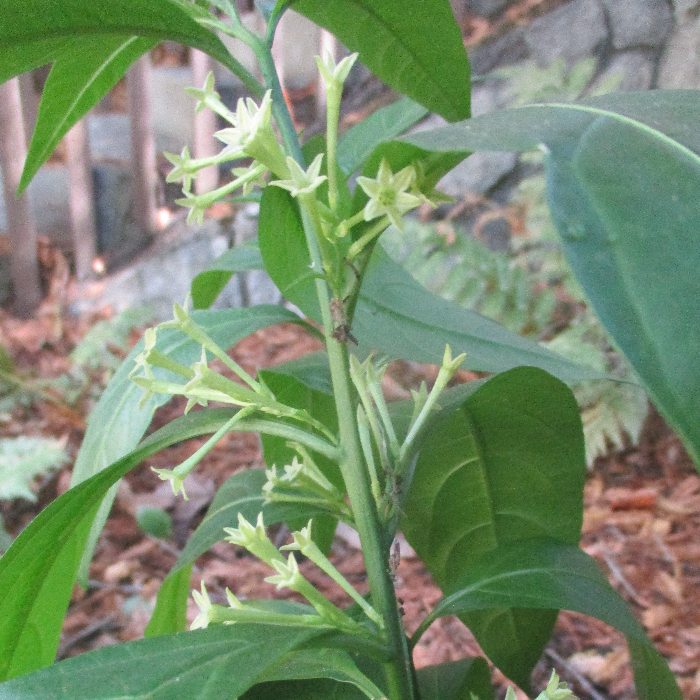UNITED STATES—Summer began more than a week ago. Subsequently, the dog days of summer continue from the third of July to the eleventh of August. These 40 dog days are the 20 days prior to and after the twenty-third of July. That is when the Sun aligns with Sirius, the Dog Star of the constellation of Canis Major, or ‘the Great Dog.’ Dogs are actually uninvolved.
Nonetheless, dog days actually are a time for dogs to languish through much of the most unpleasantly warm weather of summer. Although local climates are generally mild, warm weather is not rare. It merely seems to be less oppressive than in other climates because of less humidity, and perhaps more of a breeze. Coastal influence is a major advantage.
Dogs drink more water during the dog days of summer because they lose moisture, with warmth, while panting. Vegetation also needs more than typical quantities of moisture to compensate for increasing evaporation from foliar surfaces. Aridity and any wind, both of which render warmth more comfortable for dogs and people, increase such evaporation.
Water is a priority during the dog days of summer.
Also, for most exotic (nonnative) vegetation, regular watering helps to sustain growth that warmth stimulates. Lily of the Nile can likely get enough moisture through the local rainy season to survive through the dry season. However, it is healthier and more appealing if occasionally watered to sustain its most vigorous growth during the dog days of summer.
Many plants are native to climates that supply rain in conjunction with warmth. They rely on moisture for normal growth. Various bananas, canna, angel’s trumpet and giant bird of Paradise grow very vigorously with sufficient moisture. Unfortunately though, insufficient moisture is very distressing to them. Drought tolerant species have a distinct advantage.
Turf, bedding plants and vegetable gardens need abundant water during the dog days of summer. Although some can survive with less than others, none are exempt. Most potted plants, especially those in hanging pots, are likewise dependent on systematic watering. Even if the weather is too warm to enjoy other gardening, watering cannot be neglected.
Highlight: Night Blooming Jasmine
The warm nights between the dog days of summer are ideal for night blooming jasmine, Cestrum nocturnum. That is when it disperses its famously sweet fragrance to attract bat and moth pollinators. A bit of humidity, although unnecessary and locally rare, enhances the permeating nature of the fragrance. Some might find such fragrance to be excessive.
Otherwise, night blooming jasmine is quite modest. Those who experience the powerful fragrance at night may be unable to identify its source while visible during the day. Small floral trusses hold several small and narrowly tubular flowers that are about an inch long. Bloom is greenish white or pallid yellow. Simple evergreen leaves are a few inches long.
Therefore, night blooming jasmine works best in the background of more colorful bloom. It will not mind if other flowers get the credit for its fragrance. With regular watering, night blooming jasmine is happy in unseen areas between buildings, and under high windows that lack views. Aggressive pruning only in early spring promotes blooming new growth. Most plants stay shorter than nine feet. White berries are rare but toxic.
Tony Tomeo can be contacted at tonytomeo.com.







